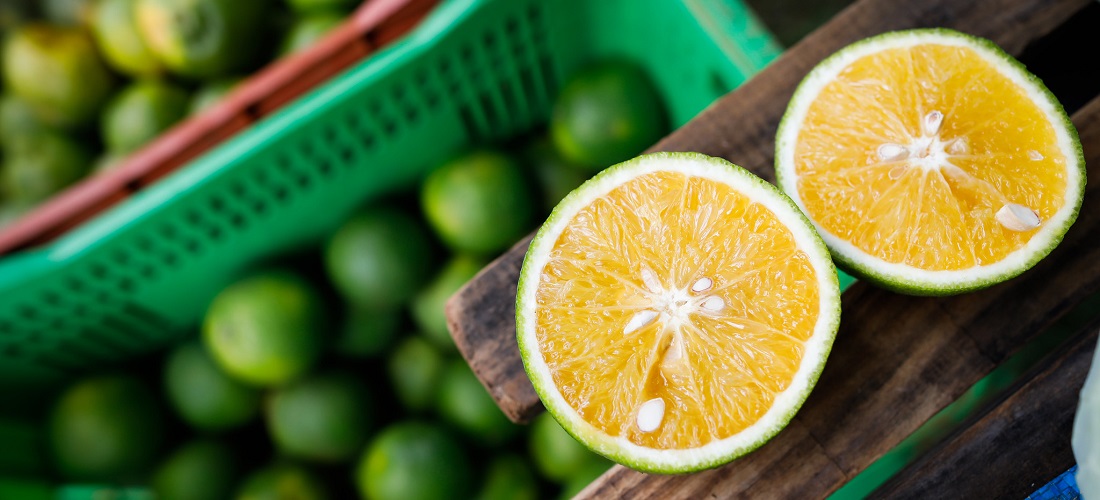
Uruguay citrus industry to see 10% lower volumes as it recovers from drought
May, 16, 2023 Posted by Lucas LorimerWeek 202323
Uruguay’s citrus industry is breathing a sigh of relief as it emerges from the grips of its most severe drought in nearly a century. According to a recent survey among producers, volumes in the 2023 season are projected to be approximately 10% lower than last year.
Alejandro Buratovich, Vice President of Upefruy and CEO of Frutura Uruguay, part of the multinational company Frutura with operations in the US, Chile, and Peru, shares his insights on the situation. He states: “Producers participating in the survey declared an official estimate of a 10% decrease in the harvest, including a 10% reduction in mandarin production. However, I believe that as the season progresses, the shortfall will likely be around 5%, resulting in volumes comparable to last year.”
Last year, Uruguay exported 13,600 tonnes of lemons, while this year’s estimate stands at around 8,000 tonnes. Orange exports, on the other hand, totaled 21,000 tonnes last year, with an expected increase to 23,000 tonnes this year. As for mandarins, the exports amounted to 38,000 tonnes last year, but an estimated 32,000 tonnes are predicted for this year.
See below the track record of citrus exports (0805 hs code) from Uruguay between 2020 and 2022. The data is from DataLiner.
Citrus exports from Uruguay | 2020 – 2022 | TEUs
Source: DataLiner (click here to request a demo)
While neighboring Argentina experienced the most severe drought in the past 60 to 100 years, severely impacting its agricultural sector, Buratovich notes that the citrus industry in Uruguay fared relatively better. He explains, “Most hectares dedicated to citrus exports in Uruguay are irrigated, which mitigated the effects of the drought to some extent. However, our irrigation systems do not fully meet the trees’ needs. Despite this, we still experienced some negative impacts.”
“The droughts did affect our industry, resulting in a reduction of approximately 5-10% in tonnage. While we expect a similar amount of oranges, mandarin exports may decrease by 5-10%. The most significant impact is anticipated in the lemon market, with an estimated 40% decline in exports. However, this is due to a strategic decision made by the largest lemon producer concerning the balance between fresh and processed products this season,” Buratovich explains.
Citrus market pricing in the US and Europe is also a topic of discussion. Buratovich conveys the prevailing sentiment, stating, “We have received indications that mandarin prices are similar to last year. Peru’s volumes continue to grow, while Chile is expected to recover and have a 25-30% increase. Thus, the market appears to be adequately supplied. In the US, prices have remained stable, possibly slightly lower than last year, owing to decreased shipping costs, which have improved our Free on Board (FOB) prices.”
“Oranges are currently in high demand worldwide, particularly in Europe, where the shortage is significant. South Africa faces obstacles due to the cold treatment protocol required for exports to Europe, which necessitates cold storage infrastructure that is challenging to establish within a short timeframe. Prices are currently around €15-€16 per box. The situation remains uncertain with the arrival of Valencia oranges in Europe later in the season, but the market remains tight for now. The processing market for oranges is also under strain, contributing to a global challenge,” adds Buratovich.
Although shipping costs have dropped, they have not returned to pre-Covid levels. In the case of shipping to Philadelphia in the US, the pre-Covid range was approximately $4,500 to $4,800, whereas now it stands at around $5,500 to $5,800. While there has been a decrease, the values have not fully retreated. In Europe, shipping costs are close to pre-Covid levels. However, the situation varies across different markets. Shipping to Russia remains expensive due to the limited number of shipping companies servicing that region. In the US, prices are still 15-20% higher than pre-Covid rates. Despite the decline in shipping costs, production expenses continue to be elevated, particularly in relation to fertilizer prices, which have not returned to pre-pandemic levels. “It is worth noting that expenditures on fertilizer were made when prices were still considerably high,” Buratovich concludes.
Source: Fresh Plaza
-
Shipping
Jan, 16, 2023
0
Asia container exports to US plunge in December
-
Other Cargo
Feb, 27, 2024
0
Iron ore exports from Brazil 20% ahead February 2023 total
-
Grains
Mar, 22, 2022
0
Ukraine may lose US$6bn in grain exports with blocked ports
-
Shipping
Feb, 04, 2021
0
MSC continues expanding fleet with pre-used vessels


